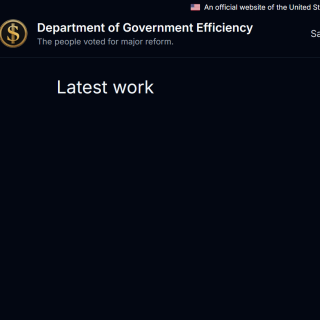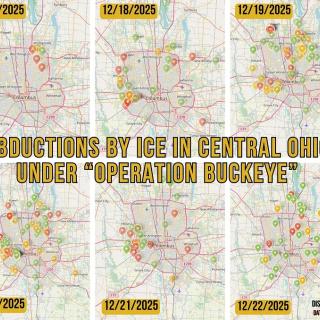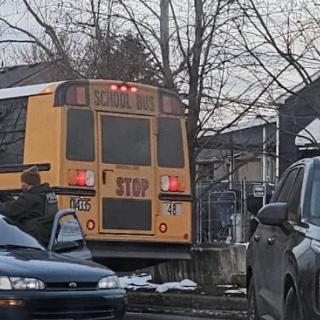Advertisement
Quarry Trails is Central Ohio’s newest Metro Park, but it is also becoming the area’s latest mixed-use extravaganza. The initial reviews of the park are mixed (so to speak). But this is certain, some Metro Parks fans still want answers to how Quarry Trails – which was promised to be a world-class park – came to be.
Quarry Trails is a hybrid of sorts. A park with homes, condos, and retail. Some embrace a waterfall within walking distance from a spa, but others are critical, saying the entire property should have been made into a park.
One critic is certified naturalist Don Kloss, president of Central Ohio Nature and a Metro Parks volunteer. Kloss also has concerns about RAPID 5 (“Rivers and Parks Imagination Design”). The massive private and public “vision,” not a plan yet, to remake Central Ohio’s five major waterways: The Big Darby, the Scioto River, the Olentangy River, Alum Creek and the Big Walnut.
Kloss is convinced Quarry Trails is a prototype for RAPID 5. It is just off the west side of the Scioto River in Grandview. A test-run, he adds.
“Everything I see in the way of comments from people on Nextdoor is that there’s an awful lot of people who are upset with what’s going on. They hate what was done with Quarry Trails,” said Kloss. “I’ve seen a lot of quotes saying, ‘I will never vote for another Metro Parks bond issue’. They also don’t like what is going on with RAPID 5. Those bond issues have always passed.”
Over a century ago Italian immigrants mined these limestone quarries making $1 a day. Shelly Mining Company still digs for limestone here, but in 2018 sold 180 acres to Columbus Metro Parks and 420 acres to Thrive Companies, which is building the $600 million plus “Project QT” mixed-use development.
Kloss and several others who also volunteer for Metro Parks have been digging up public documentation on the sale and remediation of the property. The quarries sold to Thrive and the Metro Parks had also been used as a trash dump or trash pits.
Thrive was ballyhooed for the trash dump’s remediation, which was approved by both the City of Columbus and the Ohio EPA. But Kloss believes the type of remediation used wasn’t deserving of such high praise.
“There was no treatment or removal of waste. The ‘remediation’ was simply covering the dump with four feet of clay before building took place on top of it,” he said.
Quarry Trails (and its trash dump) are also on a 100-year flood plain, and FEMA law won’t allow storm drainage systems located within a 100-year flood plain. But Thrive requested a variance for its development, which was also granted by the City of Columbus. As for the Metro Park itself, its storm drainage system avoids the flood plain, says Kloss.
“Normally, for an area like that, the EPA would make sure the storm lines run away from or around the 100-year flood plain. But Thrive did not have to do that,” said Kloss. “As I see it, there are environmental hazards there.”
Storm drainage systems consist of underground pipes, channels and structures that carry stormwater (rainwater) to ponds, streams, rivers and lakes. If Thrive had not been granted this variance, it would have been far costlier, says Kloss.
Public documentation also shows there are underground storage areas for storm water under Thrive’s development.
“It’s just rainwater,” says Kloss, “but the thing is, part of their underground storage areas are underneath that capped clay. Underground storage areas are sections of the ground where the water runs off and the ground holds it, and the pipes are at a certain level in the ground to where once you get so much rain then the rain starts flowing through those pipes and to wherever its going.”
In the case of Quarry Trails, it will go into the creek that flows through the park and then into the ponds at Quarry Trails.
“So, during heavy rains, those ponds will be used as a retention area,” said Kloss, who believes there are worst-case scenarios regarding Thrive’s variance approved by the City of Columbus.
“Worst case scenario to me is, you get rains, and water is being held in a garbage dump area and then all of sudden you get heavy rains, and the water from the heavy rains gets mixed with the water that has been sitting there god-knows how long in that trash dump,” he said. “So much for stocking the Quarry Trail ponds with gamefish.”
The latest big news from RAPID 5 was the departure of Ohio pandemic hero Dr. Amy Acton as its CEO and President. Why she left is still mostly unknow.
But Kloss believes if RAPID 5 were to continue on its path to remake (re-develop?) the Big Darby, the Scioto River, the Olentangy River, Alum Creek and the Big Walnut, then those rivers and their greenways could also be environmentally compromised.
“I have to believe that Quarry Trails is a RAPID 5 prototype not owned up to by the powers that be,” he said. “I also believe if such environmentally unfriendly actions were taken at Quarry Trails, they will also occur at RAPID 5 projects across the county.”



